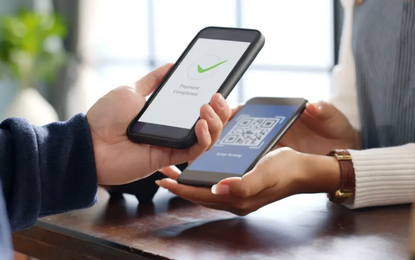

Technology capable of creating friendlier digital channels for senior citizens is within the reach of banks, but education campaigns are urgently needed to ensure a proper take-up Creating channels and products that are accessible to the entire population remains a challenge for banks engaged in digital transformation. This premise has particular relevance for the group that currently finds interacting with financial applications most difficult: the elderly. As a result, lenders must look for new ways to make technology an ally of this fundamental segment of society. The industry has put emphasis on creating products for young people, such as wallets and digital accounts. But serving the elderly requires a differentiated effort since digital products can seem less friendly for this sector. This can be seen in the popular campaign "I'm older, not an idiot," which was started in Spain in December 2021 by Carlos San Juan, a 78-year-old retired doctor who demanded banks adopt a new approach to their interactions with the elderly, in addition to making the digital transition friendlier. The repercussions were such that the Spanish Banking Association was persuaded to sign a special protocol for serving this age group. Among the points, it covers are offering a service that’s adapted to the needs of the elderly as well as simpler language and presentations for "ATMs, applications and web pages.”
Technology aimed at senior citizens—as with any other user—should simplify processes and make it easier to carry out banking operations. A study by Peru's Interbank of customers aged between 60 and 72 found that 70% needed help from their relatives to use the bank’s mobile application. This situation opens the door to solutions such as websites designed to educate and answer user questions clearly and directly. There are initiatives that are leading the way in this regard, such as the Mayores Activos portal set up by Argentina’s Banco de la Nación. The website offers virtual training on transforming physical cards into digital wallets and engaging exercises for carrying out online transactions. It’s also important to familiarize this age group with the most common dangers they face when transacting digitally, such as phishing, smashing, and cloning. The bank needs to activate channels of communication with the client in order to share information about risk prevention via messages in apps, websites, email, and chatbots. Educating older people about these risks is no minor issue: in Mexico, one in every three people who file a complaint with the National Commission for the Protection and Defense of Users of Financial Services (Condusef) is a senior citizen. And among the top complaints are card theft, unrecognized charges, cloning, fraud, and identity theft.
It’s precisely because of this vulnerability that passwords, pin codes, and security questions are often no longer enough to ensure a safe interaction between the customer and their bank. The barrier for senior citizens increases if passwords require capital letters, numbers, and special characters. Therefore, biometrics emerges as an alternative solution for identifying users and authorizing banking operations. This technology identifies an individual's unique traits to reduce the chances of identity theft to practically zero, in addition to positively impacting the user experience. BBVA Mexico implemented voice biometrics to allow older people to provide proof of life over the phone, making it unnecessary for pensioners to visit their bank branches. This resulted in fewer queues and a special service for this age group, and the bank plans to replicate it in Spain soon. The biometric solutions heightens security, facilitates the process, and reduces costs for customers and banks since it dispenses with the call center and minimizes user waiting times. Biometric solutions are highly instinctive and easy to use. They become habits as natural as touching or looking at a smartphone. Authorizing operations using biometric technologies, such as facial, fingerprint, or iris recognition, is becoming increasingly common and represents a big opportunity to provide security while simplifying validations in all sorts of operations. Currently, any mid-range phone incorporates technology for reading fingerprints, something that’s already being implemented by various applications and banks to popularize this method of identification. We’re talking about technologies that are already being used on a large scale for other purposes and applications but whose benefits have not yet been fully put to use in a sector that needs clearer and more direct communication. A step further is iris biometrics: a fast but extremely accurate scan that can facilitate and simplify the customer's interaction with their bank. Technology to help confirm operations with biometric data is evolving with the development of facial and iris capture devices for shops and public places. One example is airports, where we’re seeing the first experiments to validate identities more accurately in the United States using this method. Digital innovation puts tools for transforming inclusion strategies at the service of the financial system, not just for targeting young people but to help our senior citizens in this digital transition.
Join our online community and stay up to date with the latest news from the world of technology.